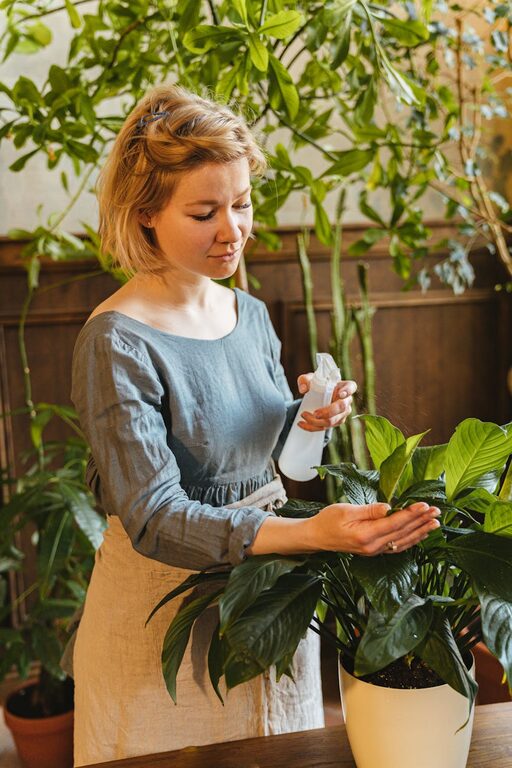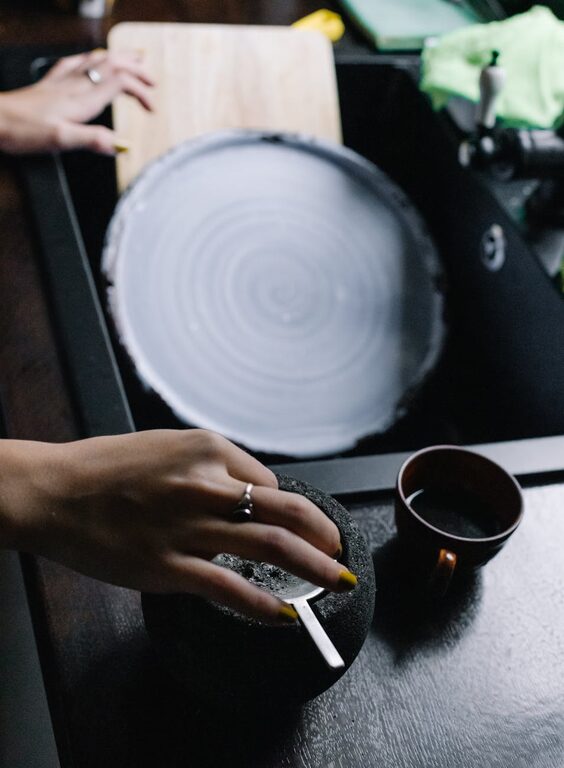
Bringing houseplants into your home adds beauty, improves air quality, and creates a calming atmosphere. However, keeping these green companions healthy requires some knowledge and consistent care. Whether you’re a seasoned plant parent or just starting your indoor garden, these essential tips will help your houseplants thrive.
Understanding Your Houseplants' Needs
Every plant species has unique requirements. Before bringing a plant home, take some time to learn about its specific preferences regarding light, water, temperature, and humidity.
Light Requirements
Houseplants can generally be categorized by their light needs:
– Bright, direct light: Succulents, cacti, and many flowering plants need several hours of direct sunlight.
– Bright, indirect light: Many tropical plants like pothos, peace lilies, and philodendrons prefer bright but diffused light.
– Low light: Some varieties, like snake plants and ZZ plants, tolerate lower light conditions.
Position your plants accordingly, near windows or under grow lights if necessary.
Watering Wisely
Overwatering is one of the most common reasons houseplants struggle. Here are some watering guidelines:
– Check the soil: Before watering, feel the top inch of soil. If it’s dry, your plant likely needs water.
– Use room temperature water: Cold water can shock roots.
– Drainage matters: Make sure pots have drainage holes to prevent waterlogged soil.
– Avoid standing water: Empty saucers under pots regularly to prevent root rot.
Tip: Different plants have different watering schedules, so tailor your approach to the species.
Soil and Pot Choices
Choosing the Right Soil
Using the correct soil mixture is essential for healthy roots and growth. For example:
– Succulents need sandy, well-draining soil.
– Tropical plants often do well in peat-based potting mixes.
– Orchids require special mixtures that allow airflow around roots.
Pot Selection
Select pots based on size, material, and drainage.
– Size: The pot should be slightly larger than the root ball; too big can lead to excess moisture retention.
– Material: Terracotta pots allow moisture to evaporate faster, ideal for plants that prefer drier conditions.
– Drainage: Always opt for pots with drainage holes to avoid water buildup.
Maintaining Ideal Environment
Temperature and Humidity
Most houseplants thrive in temperatures between 65°F and 75°F (18°C–24°C). Avoid placing plants near drafts, heaters, or air conditioners.
Humidity is especially important for tropical plants. Dry indoor air can cause browning leaf tips. Some ways to boost humidity:
– Group plants together to create a microclimate.
– Use a humidity tray filled with water and pebbles beneath plant pots.
– Employ a room humidifier.
Cleaning and Pruning
Dust on leaves can reduce photosynthesis and make plants look dull.
– Gently wipe leaves with a damp cloth or give plants a gentle shower occasionally.
– Remove dead or yellowing leaves to encourage new growth and reduce risk of pests.
Dealing with Common Issues
Pests
Indoor plants can attract pests such as spider mites, aphids, and mealybugs.
– Inspect plants regularly for tiny insects or webbing.
– Use insecticidal soap or neem oil as a safe treatment.
– Isolate infested plants to avoid spread.
Diseases
Overwatering can cause root rot or fungal infections.
– If you notice wilting despite watering, check roots for softness or discoloration.
– Repot affected plants into fresh soil and reduce watering frequency.
Fertilizing for Growth
Houseplants benefit from regular fertilizing, especially during growing seasons (spring and summer).
– Use a balanced, water-soluble fertilizer diluted to half strength.
– Fertilize every 4–6 weeks or as recommended for your plant type.
– Avoid fertilizing in winter when many plants go dormant.
Repotting and Propagation
When to Repot
Signs your plant needs repotting include:
– Roots growing out of drainage holes.
– Soil drying out quickly.
– Plant becoming top-heavy or outgrowing its pot.
Typically, repotting every 1–2 years helps refresh soil nutrients and gives roots more space.
Propagation
Many houseplants can be propagated from cuttings, allowing you to expand your collection or share plants with friends.
– Common methods include stem cuttings, leaf cuttings, and division.
– Use clean tools and root cuttings in moist soil or water.
Creating a Care Routine
Consistency is key.
– Set reminders for watering, fertilizing, and checking plant health.
– Observe your plants daily; they often “tell” you when something isn’t right.
– Keep a plant journal noting care details and changes.
—
Bringing nature indoors has many benefits, and with proper care, your houseplants will remain healthy and vibrant for years to come. By understanding their needs and establishing good habits, you’ll enjoy the beauty and satisfaction that comes with nurturing living green companions. Happy planting!




